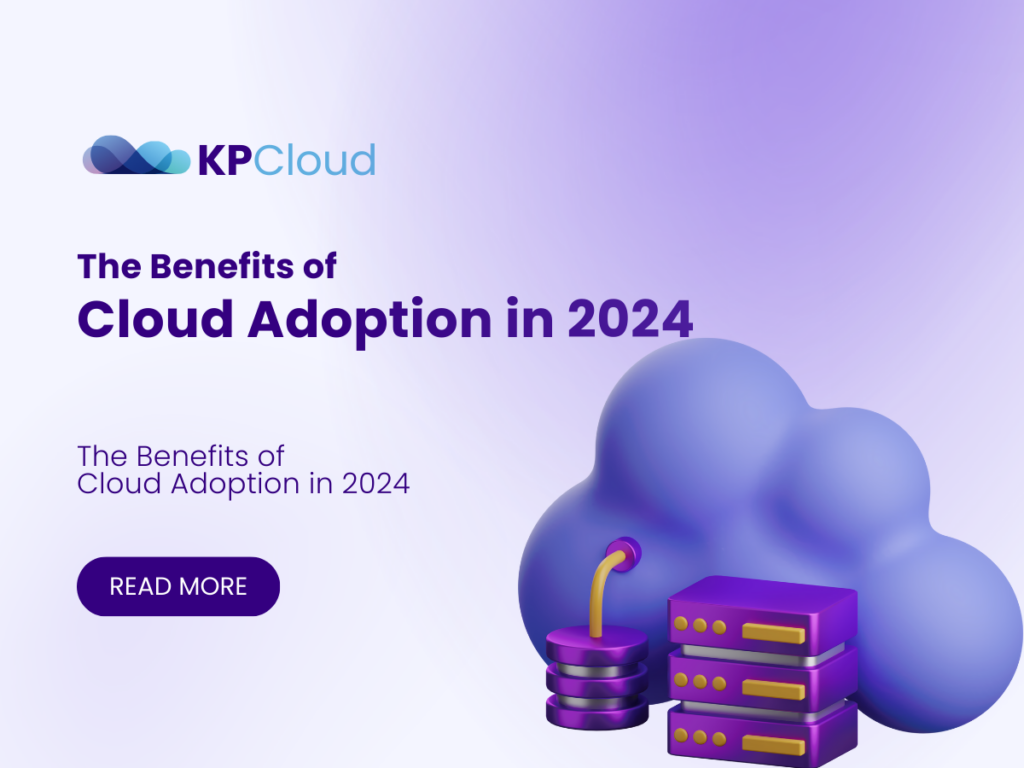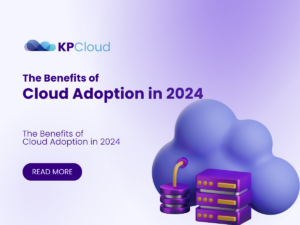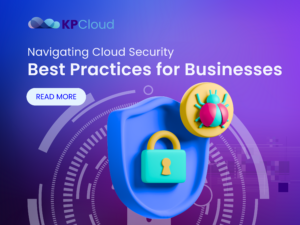Hybrid cloud has become an increasingly popular infrastructure model that combines the benefits of both private and public clouds. A hybrid cloud environment allows organizations to store and manage some resources in a private cloud that stays within their firewall, while also leveraging scalable public cloud services. The hybrid model provides businesses the flexibility and control of a private infrastructure, along with the cost efficiency and scalability of the public cloud.
Some key benefits of a hybrid cloud include:
- Cost Savings – Organizations only pay for public cloud services when they need them, which reduces wasted resources and saves money compared to solely utilizing a private cloud. They can also decide which applications are best suited for the public or private environment based on cost efficiency.
- Flexibility – Businesses can seamlessly scale services across private and third-party public clouds as computing needs change. This prevents being locked into any one platform.
- Security – Companies can store business critical, highly sensitive data in their controlled, private infrastructure while using the public cloud for things like storage, testing, and development. This optimized balance increases security.
- Efficiency – A hybrid model allows applications to operate in the most efficient infrastructure possible. Legacy systems can remain on private clouds, while modern apps can leverage the automation and rapid scaling of public cloud platforms.
The optimal balance between private and public cloud is what makes a hybrid model so attractive for today’s innovative businesses looking to improve agility, lower costs, and accelerate growth. This article will explore best practices for configuring and managing hybrid cloud architectures to maximize performance gains and cost savings.
Choosing the Right Cloud Environment for Each Workload
When architecting a hybrid cloud, one of the most important considerations is matching each workload to the appropriate cloud environment based on factors like performance, security, compliance, and costs. Public clouds can provide nearly limitless scalability and flexibility, but lack the control, security, and adherence to regulations that private environments provide. Meanwhile, private clouds offer more configurability to optimize for specific applications, but can have higher upfront costs.
Therefore, it’s vital to analyze the technical and business requirements of every application and data source, and determine the optimal placement in either the public cloud, private cloud, or a combination of both. For example, web apps and mobile backends often thrive in public clouds where they can leverage autoscaling, while financial applications with strict regulatory compliance might mandate a private infrastructure. However, a hybrid approach is perfect for many workloads, such as using private clouds for databases and public cloud for application logic and caching. The trick is finding the right balance based on the pros and cons across performance, control, security landscape and total cost of ownership. Taking a pragmatic workload-by-workload approach is key to mapping each to what hybrid cloud environment makes the most sense.
Leveraging the Public Cloud for Burstable Workloads
One of the major advantages of hybrid cloud architectures is the ability to leverage the public cloud for more dynamic, burstable workloads. Many applications experience significant spikes or variations in usage that are challenging to plan capacity for. By hosting these workloads in a public IaaS platform, the workload can take advantage of instant and nearly infinite scale on demand, rather than being constrained by fixed private cloud resources.
Public clouds provide seamless automated scaling to increase or decrease resources based on policies, schedules, and real-time performance metrics. When demand subsides, resources can downscale appropriately so you don’t pay for unused capacity. This elasticity provides cost savings and flexibility compared to maintaining enough private infrastructure to continually handle peak demand. Plus, most public cloud providers offer robust load balancing capabilities to distribute traffic for high availability across zones and regions. By leveraging the innate strengths of public cloud for burstable workloads, while maintaining control over steady-state applications privately, organizations can optimize both performance and costs. Carefully evaluating workload characteristics and mapping appropriately to hybrid infrastructure is key for web-scale applications today.
Using Private Cloud for Critical Workloads
While public cloud excels at scale, private cloud environments allow enhanced control, security, and predictable performance for business-critical workloads. Private clouds provide the capability to tightly configure infrastructure to meet the precise needs of applications, guaranteeing resources and isolates from other tenants. This makes private cloud well-suited for workloads involving sensitive data or those requiring reliable performance such as ERP, CRM, and HR applications. Steady-state workloads also operate effectively in private clouds without taking advantage of dynamic scaling.
The tradeoff with private cloud is added costs and overhead to build and maintain your own infrastructure, hardware, virtualization platforms, and skill sets rather than leveraging the economies of scale from public providers. However, for applications where data gravity, sovereignty, or regulatory compliance limit the ability to leverage public resources, investing in private cloud capability returns value. Evaluating factors such as security, compliance, and performance requirements will determine which business-critical systems warrant dedicated private cloud infrastructure vs. those able to utilize public IaaS or SaaS effectively.
Optimizing Costs with Auto-Scaling and Right-Sizing
One advantage of the public cloud is the ability to scale resources up and down automatically based on demand, optimizing costs. However, it requires configuring your workloads appropriately to benefit. By taking advantage of auto-scaling, organizations can meet temporary spikes in traffic or workload without needing to manually intervene or preemptively overprovision capacity. Auto-scaling allows you to define automated rules to add or remove capacity based on performance metrics like CPU utilization or queue depth.
In addition to leveraging elastic scaling, choosing correctly sized instances and resources is critical to cost efficiency. Many public cloud providers offer a wide variety of instance types and families tailored to different performance profiles. Selecting the right instance size and type based on actual resource requirements right-sizes workloads to what they need, rather than simply defaulting to the highest configurations which waste money. Continuously evaluating utilization metrics and right-sizing ensures you aren’t substantially overprovisioned as demands change.
Optimizing hybrid cloud costs requires mapping workloads to the appropriate platform, fine-tuning resources based on utilization, and automating elasticity to align capacity to each application’s unique demands. Taking advantage of auto-scaling and configurable instance sizes allows the flexibility to meet peaks without the expense of full-time overprovisioning.
Data Integration, Movement, and Access Across Environments
A well-architected hybrid cloud seamlessly integrates data and applications across private and public cloud to enable unified management, insights, and collaboration. Some key considerations around data integration include establishing secure connectivity and data transport between environments, providing consistent access and permissions across infrastructure, minimizing egress and access costs from public cloud services, and enabling unified analytics and reporting.
It’s important to ensure compliant and access-controlled data flow between private databases and storage to public cloud analytics, application, and caching layers. This allows you to build workflows, applications, and tooling that securely leverage data from heterogeneous sources. Additionally, minimizing unnecessary data access/retrieval costs in public cloud through caching strategies and keeping colder data in lower cost private infrastructure reduces expenses.
Approaches like data virtualization and converged database platforms create aggregated views across disparate sources, both on-premises and cloud-based. This provides consistent data management while enabling you to centralize monitoring, security, governance and analytics across your entire hybrid landscape regardless of where specific data resides. With the right integration approach, you can develop insights from your whole data estate.
Monitoring Usage and Spend Across Clouds
To optimize hybrid cloud efficiency, businesses need visibility into resource utilization and costs across both public and private infrastructure. Unified hybrid cloud monitoring provides insights into which applications, services, and data are driving expenses based on usage. With consistent tracking of cloud spend, organizations can right-size overprovisioned resources, identify waste, analyze usage trends, and optimize application architectures.
Leading platforms provide budget alerts and controls to contain cloud expenses within thresholds as well as recommendations of where to downsize unused capacity or leverage different instance types/cloud services. Detailed visibility and granular breakdown of consumption and monthly costs by resource makes it easier to improve efficiency. Cross-cloud analytics spot usage patterns that inform auto-scaling policies and scheduling to minimize runtimes.
Ongoing cloud cost optimization requires awareness of expenditures across the hybrid landscape. Monitoring tools consolidate insights across cloud vendors, accounts, and private infrastructure to help align capacity and resources based on actual utilization. Benchmarking usage relative to performance and budget goals enables organizations to maximize value from hybrid cloud investments.
How KPCloud can help with your hybrid workload?
Welcome to the world of Hybrid Cloud, where businesses strike a balance between on-premises infrastructure and cloud services. As organizations embrace this hybrid model, they gain the flexibility to choose the best of both worlds: leveraging the scalability of the cloud while maintaining control over sensitive data and critical workloads.
At KP Cloud, we understand that optimizing performance and cost efficiency in a hybrid cloud environment is paramount. Let’s dive into practical strategies and best practices to achieve remarkable results.
The Importance of Right-Sizing Cloud Resources
What Is Right-Sizing?
Right-sizing refers to aligning your cloud computing, storage, and network resources precisely with the actual needs of your workloads. It involves selecting the most cost-effective instance types, storage options, and network configurations that still provide the performance your applications require.
Why Is Right-Sizing Critical?
1. Cost Optimization:
- Overprovisioning resources drives up costs. Without right-sizing, caution often leads to choosing larger instances or excess storage and bandwidth, even if the extra capacity remains unused.
- Right-sizing ensures you pay only for what you truly need, maximizing efficiency and saving substantially on your cloud bills.
2. Performance Assurance:
- Undersized instances can lead to poor performance or an inability to scale.
- Right-sizing ensures workloads have adequate resources to perform optimally.
3. Flexibility and Scalability:
- Right-sized resources allow you to rapidly scale compute and storage up or down in response to demand.
- Predictable budgets and controlled spending become achievable.
Strategies for Optimizing Hybrid Cloud Performance and Cost Efficiency
1. Assess Your Current Resources
- Thoroughly evaluate your existing resources. Understand your workloads, their requirements, and usage patterns.
- Identify areas of overprovisioning or underutilization.
2. Leverage Cloud Monitoring and Analytics Tools
- Implement robust monitoring and analytics solutions to gain insights into resource utilization.
- Continuously track performance metrics, cost trends, and capacity planning.
3. Automate Resource Scaling
- Set up auto-scaling policies based on workload demands. Automatically adjust resources during peak times and scale down during off-peak hours.
- Leverage cloud-native tools or third-party solutions for dynamic resource allocation.
4. Use Spot Instances and Reserved Instances
- Take advantage of spot instances (short-term, low-cost instances) for non-critical workloads.
- Invest in reserved instances for predictable workloads with long-term commitments. This can significantly reduce costs.
5. Implement Cost Allocation Tags
- Tag resources with meaningful labels to track usage and allocate costs accurately.
- Understand which departments or projects consume specific resources.
6. Regularly Review and Optimize
- Continuously assess your hybrid cloud environment. Regularly right-size instances, adjust storage tiers, and optimize network configurations.
- Stay informed about new instance types and pricing models offered by your cloud provider.
Conclusion
KP Cloud is committed to helping businesses unlock the true potential of their hybrid cloud infrastructure. By following these best practices, you can achieve a harmonious balance between performance, cost efficiency, and flexibility.
Remember, the cloud journey is dynamic. Regularly revisit your strategies, adapt to changing needs, and let KP Cloud be your trusted partner in optimizing your hybrid cloud environment.
Explore the future of hybrid cloud with KP Cloud today! 🌐☁️
Learn more about our cloud optimization services: KP Cloud.


